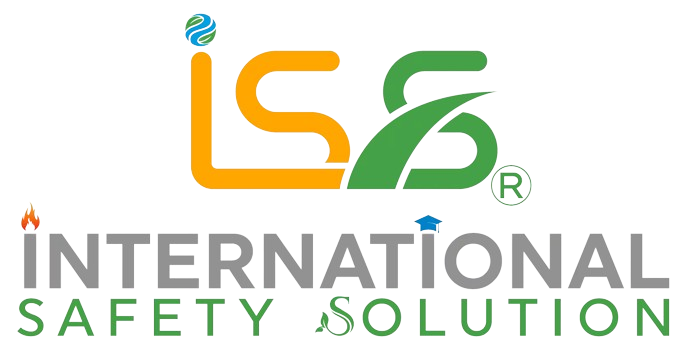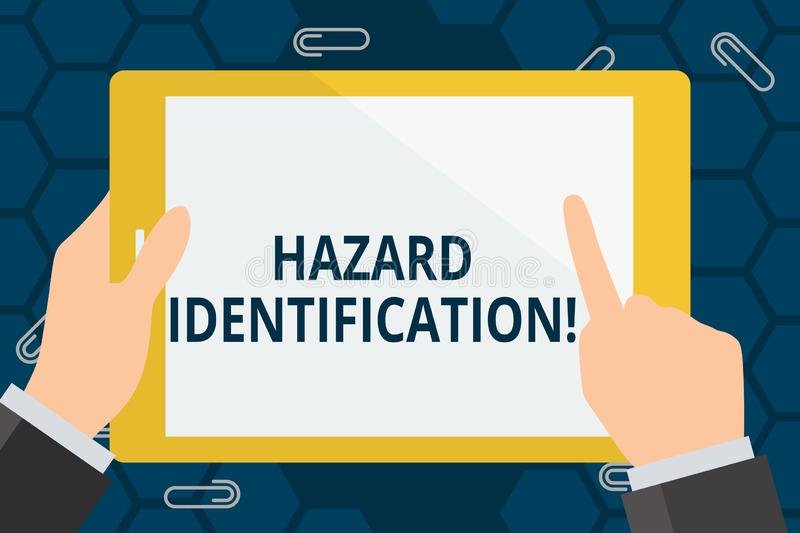Introduction:
In a world that continuously evolves in terms of technology, industry, and infrastructure, the need to ensure safety has become paramount. Hazard identification is a critical process in various domains, such as manufacturing, construction, healthcare, and more. Identifying potential hazards in advance allows for proactive risk management and the implementation of preventive measures. In this blog, we will explore different hazard identification techniques and delve into the benefits they offer.
Hazard Identification Techniques:
- Checklists and Inspections: Regular inspections and predefined checklists are fundamental methods for identifying hazards. These tools help professionals systematically assess workplaces, equipment, and processes. By comparing observations against safety standards, potential risks can be identified and addressed promptly.
- Hazard and Operability (HAZOP) Analysis: HAZOP analysis is a structured approach used mainly in the process industries to systematically review systems and operations. It involves a multidisciplinary team analyzing various scenarios to identify potential deviations from normal operating conditions that could lead to hazards.
- Failure Modes and Effects Analysis (FMEA): FMEA is commonly used in engineering and product design to identify potential failure modes and their effects. By assessing the severity, probability of occurrence, and detectability of each failure mode, teams can prioritize and mitigate risks effectively.
- Job Safety Analysis (JSA): JSA involves breaking down specific job tasks into steps and then analyzing each step for potential hazards. This technique is particularly useful in industries where routine tasks can become risky due to complacency or lack of awareness.
- Fault Tree Analysis (FTA): FTA is used to analyze the potential outcomes of a particular hazard. It works backward from an undesired event and identifies all possible contributing factors that could lead to that event, allowing for targeted risk mitigation strategies.
- Bowtie Analysis: Bowtie analysis visually represents the relationship between hazards, their causes, and the resulting consequences. This technique helps in understanding the potential pathways of risk propagation and designing barriers to prevent incidents.
Benefits of Hazard Identification Techniques:
- Proactive Risk Management: Hazard identification techniques enable organizations to anticipate potential risks and take proactive measures to prevent accidents, injuries, and property damage. This approach minimizes reactive responses and associated costs.
- Enhanced Safety Culture: Implementing hazard identification techniques fosters a culture of safety within an organization. When employees are encouraged to identify and report hazards, it demonstrates the company’s commitment to their well-being, leading to increased awareness and engagement.
- Compliance with Regulations: Many industries are subject to strict safety regulations. Hazard identification helps ensure compliance with these regulations, reducing the risk of legal penalties and reputational damage.
- Cost Savings: Preventing hazards through identification techniques can lead to substantial cost savings. By avoiding accidents, organizations avoid medical expenses, property damage costs, legal fees, and potential fines.
- Continuous Improvement: Hazard identification is an ongoing process that encourages continuous improvement. Regular assessments and refinements of safety measures lead to the identification of emerging risks and the adaptation of strategies accordingly.
- Efficient Resource Allocation: Hazard identification techniques allow organizations to allocate resources strategically. By focusing on high-priority risks, resources can be used more efficiently to address critical areas of concern.

Conclusion:
Hazard identification techniques play a pivotal role in creating safer environments across various industries. By systematically identifying and addressing potential hazards, organizations can enhance safety, reduce risks, and foster a culture of proactive risk management. Embracing these techniques not only safeguards employees and assets but also contributes to long-term success and sustainability.






This Post Has 2 Comments
Thanks so much for the blog.
This blog post is worth the read – trust us!